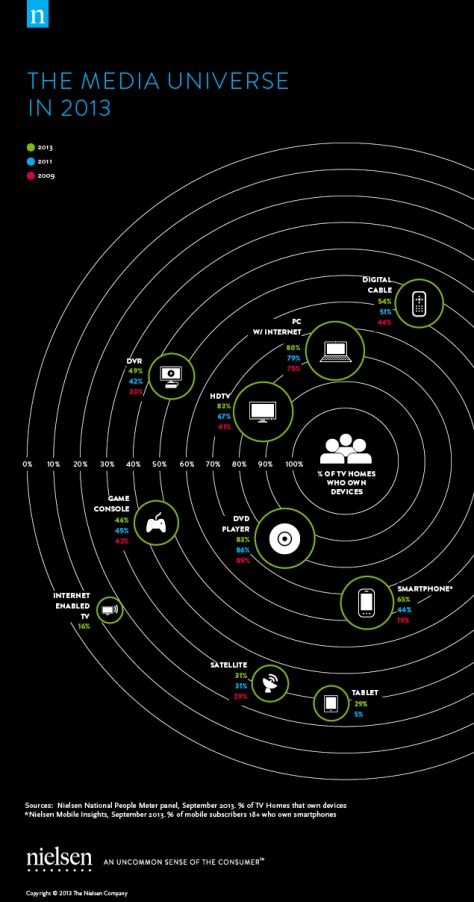What happens when the internet, the backbone of our high-tech economy, is down? That’s a question recently brought to the forefront of the public’s attention, between the debate over Net Neutrality, hacking attacks, and President Obama’s recent proposal to expand broadband options. Despite years of gains, millions of Americans lack broadband access, and even where it is available speeds often lag other markets. Yet we’re also more reliant on the web than ever before, constantly connected whether at home, at work, or anywhere on the go with smartphones. It’s easy to take for granted the benefits of fast, reliable broadband internet – at least until we lose our own connections.
 During the recent hurricanes and winter storms which managed to shut down major parts of the U.S. East Coast, there were numerous reports of internet service outages and website downtime for major hubs like Huffington Post and Netflix. Some of these issues could have been caused by infrastructure damage from the storms, but at least some downtime was attributed to servers buckling under the load of millions more Americans simultaneously logging-on while stuck indoors during the inclement weather. In fact, even during normal nights Netflix can account for as much as one-third of internet traffic during the peak evening hours, straining web servers and ISP networks.
During the recent hurricanes and winter storms which managed to shut down major parts of the U.S. East Coast, there were numerous reports of internet service outages and website downtime for major hubs like Huffington Post and Netflix. Some of these issues could have been caused by infrastructure damage from the storms, but at least some downtime was attributed to servers buckling under the load of millions more Americans simultaneously logging-on while stuck indoors during the inclement weather. In fact, even during normal nights Netflix can account for as much as one-third of internet traffic during the peak evening hours, straining web servers and ISP networks.
Knowing these trends I formed a hypothesis: local ISPs would crumble during last week’s storm (Winter Storm Juno) under the heavy load of snowed-in users. To test my hypothesis, I recruited a simple network sample, emailing my friends across the New York metro area to run speed tests at the same time: around 9 PM EST on Monday, January 26th 2015. For the methodology we used SpeedOf.me to gauge speeds, while I collected details about each participant’s ISP and connection type, attempting to rule out as many variables as possible. So here are some results from our little experiment: Continue reading Snowed down: Testing ISP Speeds on a Snow Day


 been defending the principles of Net Neutrality for at least a decade you’re not far off (
been defending the principles of Net Neutrality for at least a decade you’re not far off (





